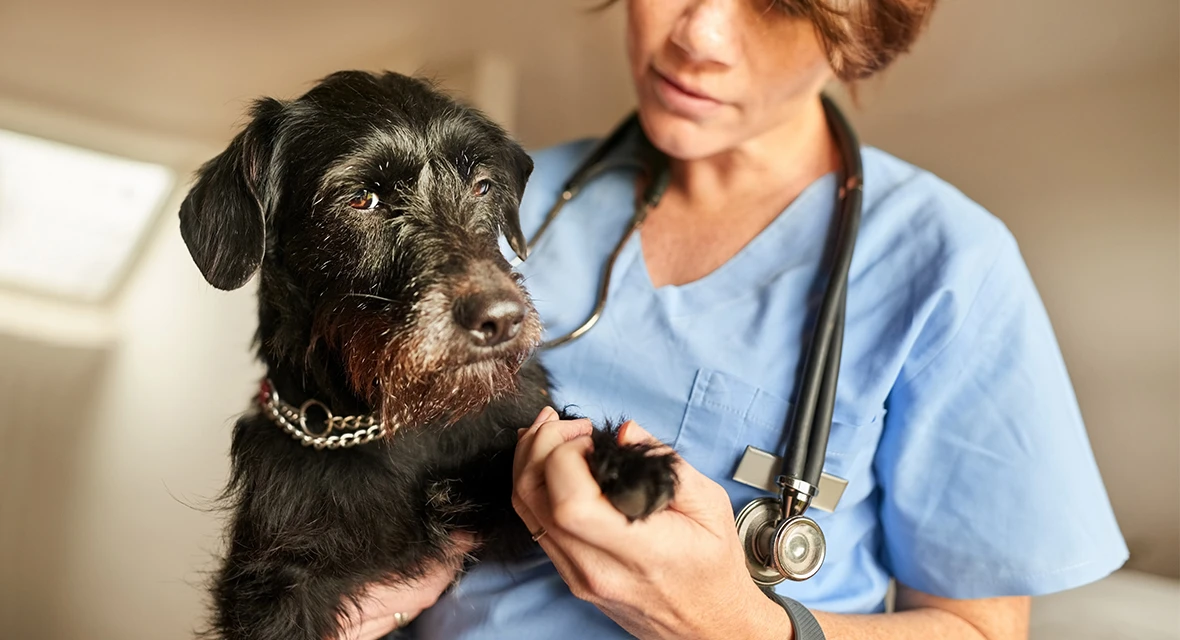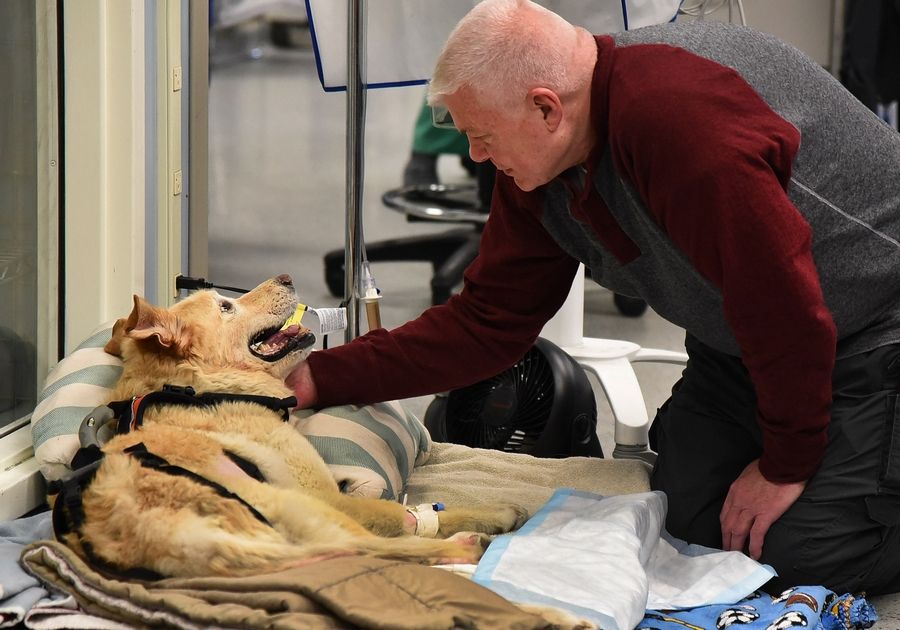SAVE THE DATE -- 2025 VetCOT Annual Conference April 11-13, 2025 in Las Vegas!
VTC Requirements
Identification & Verification
VECCS Facility Certification

/ 01
Level I VTCs must have the ability to provide total care for every aspect of management of the SA trauma patient from emergency stabilization through definitive medical and surgical care, and rehabilitation. This requires significant depth of resources (medical and surgical) and personnel. These hospitals are open to receive SA trauma patients (and other emergencies) 24 hours a day, 7 days a week, 365 days a year. Level I VTCs also have the responsibility of providing leadership in education, training of veterinarians and veterinary technicians, and research. Level I VTCs are likely to have internship and/or residency programs in emergency and critical care (ECC); however, this is not a current requirement. Training for emergency veterinarians and technicians should involve, at a minimum, regular in-house continuing education specifically in the field of trauma.
Level I VTCs have specialists available for in-house consultation 7-days a week in the fields of emergency and critical care, surgery, cardiology and radiology. In order to enable definitive care for trauma patients, specialists in anesthesiology, neurology, internal medicine, cardiology, and ophthalmology are also available on staff and on an on-call basis as needed. The intensive care unit (ICU) is under the supervision of an emergency and critical care specialist (DACVECC) and is staffed by experienced and/or certified veterinary technicians (CVTs) and veterinarians 24 hours a day, 7 days a week
Level II VTCs are acute care facilities with the commitment, resources, and skilled personnel necessary to provide sophisticated medical and surgical, emergent, and critical care for critically ill or injured animals. They are expected to function as regional educational and/or research leaders, similar to Level I VTCs. These hospitals are open to receive SA trauma patients (and other emergencies) 24 hours a day, 7 days a week, 365 days a year. Level II VTCs must have specialists in emergency and critical care, surgery and internal medicine. Additionally these centers have a radiologist(s) available for consultation (if not available in-house).
Level III VTCs have the commitment, resources, and skilled personnel necessary to provide high level care for injured animals during business hours. These hospitals are open to receive SA trauma patients (and other emergencies) during part of the day but not necessarily 24 hours a day.
Level III VTCs are primarily involved in the stabilization of severely traumatized patients and management of less severely injured trauma patients. There must be a veterinarian on duty, on the premises, at all times during hours of operation. These hospitals are not required to be staffed with veterinarians and technicians 24 hours a day and thus may transfer patients to a Level I or II VTC following initial stabilization, for ongoing care. Additionally, these hospitals are not required to have veterinarians with specialist qualifications on staff, and thus animals may be transferred to another facility for definitive medical or surgical care when necessary.
Level III VTCs have procedures in place to allow consultation with, and easy transfer of patients to, Level I and/or II VTCs.


/ 02
Veterinary Trauma Centers (VTC) will be identified on an approximately annual basis through an application process. Your application should specify the level of trauma center you are applying for and include the following materials:
Download the Identification & Verification Process document below for step by step instructions on applying for provisional status and moving forward to verified status.
Trauma Centers identified to join the VetCOT Trauma Center network as a provisional trauma center will be required to show evidence of entering trauma registry data, a robust Performance Improvement and Patient Safety (PIPS) program, and contributions either through education or research focused on advancing trauma patient care in order to be verified. The verification application process is 12-18 months after provisional status is obtained.
Trauma centers are reverified every 3 years. The reverification is similar to the original verification process. The reverification will evaluate resources available, registry data entry compliance, an active Performance Improvement and Patient Safety Plan, and current participation in VetCOT subcommittees and or annual VetCOT conference attendance.
/ 03
A VECCS facility certification is required to apply for VTC verification. The VECCS certification program is a way to raise the standard of patient care and to increase public and professional awareness of high-quality facilities in which veterinary emergency and critical patient care are practiced.
The VECCS facility certification program identifies 3 certification levels based on operating hours, equipment, and personnel.

Review the Veterinary Trauma Center requirements outlined in the resources guide with your team and hospital administration.
Submit your letter of application, a letter of endorsement from your medical director, and complete a brief survey detailing your hospital's resources to be considered for provisional status. Our Verification and Identification Subcommittee will review all letters of application and surveys received by May 1, 2025.
Trauma Centers invited to join the VetCOT Trauma Center network as a provisional trauma center (Step 2) will be required to show evidence of tracking registry data, a robust Performance Improvement and Patient Safety (PIPS) program, and contributions either through education or research focused on advancing trauma patient care in order to be verified. The verification application process is 12-18 months after provisional status is obtained.
Review the Veterinary Trauma Center requirements outlined in the resources guide with your team and hospital administration.
Submit your letter of application, a letter of endorsement from your medical director, and complete a brief survey detailing your hospital's resources to be considered for provisional status. Our Verification and Identification Subcommittee will review all letters of application and surveys received by September 30 of each calendar year.
Trauma Centers invited to join the VetCOT Trauma Center network as a provisional trauma center (Step 2) will be required to show evidence of tracking registry data, a robust Performance Improvement and Patient Safety (PIPS) program, and contributions either through education or research focused on advancing trauma patient care in order to be verified. The verification application process is 12-18 months after provisional status is obtained.